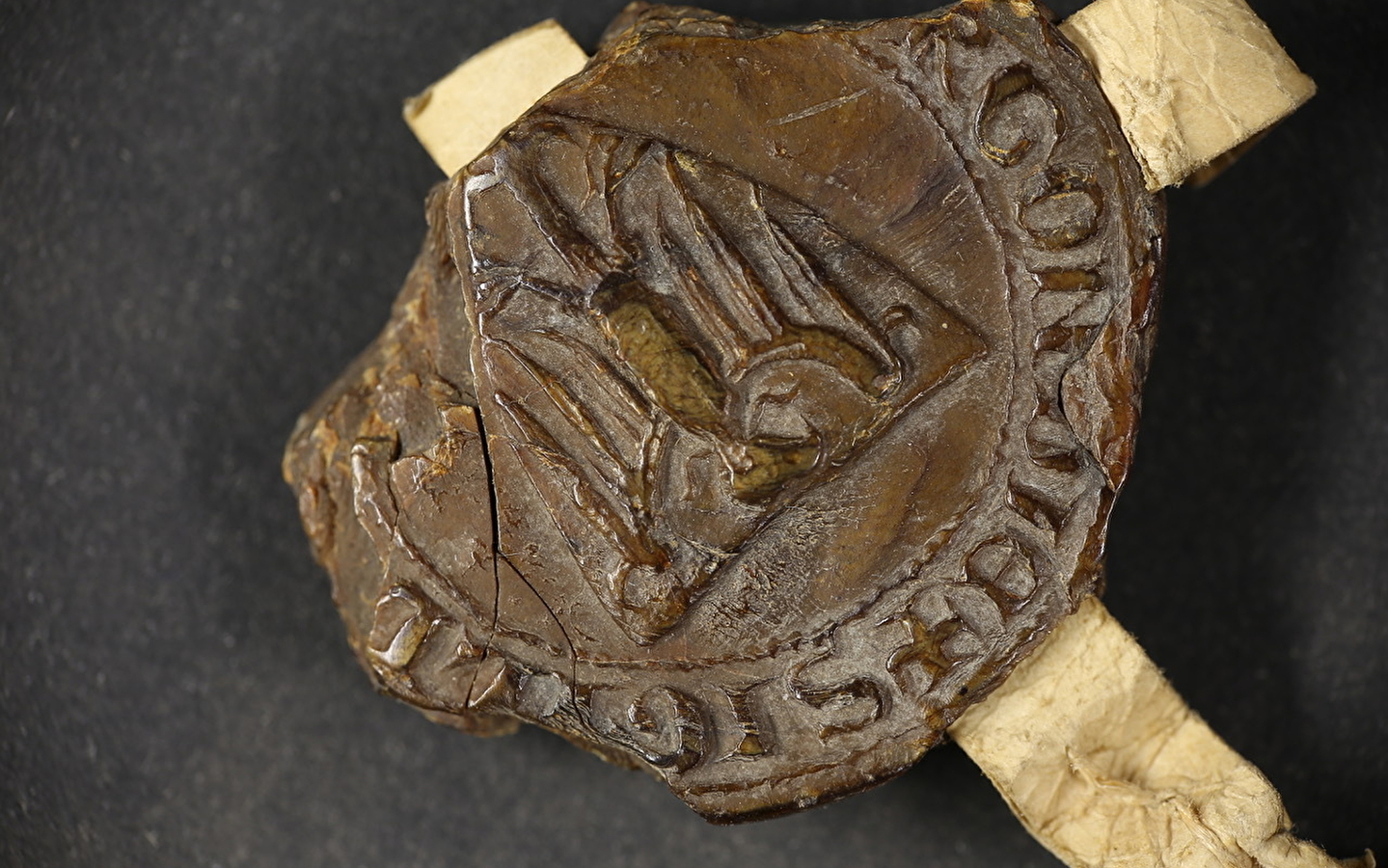
Les RDV de l'Histoire de Dole - Dole, from its origins to the first half of the 14th century
Let us guide you step by step along the paths of Dole's history during a series of lectures open to all.
"Dole, from its origins to the first half of the 14th century", by Jacky Theurot, Honorary Professor of Medieval History, Marie et Louis Pasteur University.
Dole may not have been a Roman town, but it was at most a small settlement in the ancient sense (fanum, cemeteries, traces of villae on the outskirts), situated on the main Cabilione-Vesontio axis. It was at the end of the High Middle Ages, around the year 1000, that its name appeared on a parchment. Since then, Dole has had a castrum comtal, transformed into a stone fortress by Frederick Barbarossa in the 1160s, with the first town built around what was to become the Rue d'Arans. The organisation of the parish in 1120 under the leadership of the monks of Baume accompanied the development of the town with its craft district around the rue des Chevannes, close to the bridge (mentioned around 1273-1274), where a toll was collected from the end of the 12th century. The 13th century was a major turning point (two hospitals, a new Notre-Dame church around 1250, and above all a charter of franchises in 1274). Alix de Méranie, Othon IV and Mahaut d'Artois (who granted the church collegiate status) were the architects of this expansion, with Jews and Lombards boosting trade at the first covered market. Marguerite de France (1361-1382), following in the footsteps of Eudes IV and Philippe de Rouvres, strengthened this urban status by making Dole an important treasury centre, regularly convening the Parliament there from 1377 onwards, building a butcher's shop (1371) and supporting the Cordeliers project (1372). By the end of the 14th century, the town's destiny was firmly established.
From 25/11/25 to 25/11/25 of 18:30 to 23:59
Tuesday 25 November at 6.30pm
- Free (Free admission)






